State of the Transport Address
مقدّمة من
Jan Atienza
مقدمة
On Mendiola Street in busy Manila, a week prior to Philippine President Ferdinand Marcos Jr's second State of the Nation Address, transport workers gathered with placards, banners and raised fists to ensure their collective voices were heard during their very own “State of the Transport Address”.
Jeepney drivers and small operators, led by PISTON, organised a protest on 17 July 2023, to demand that the Marcos Jr administration take notice of the pressing issue affecting their livelihood – the planned jeepney phaseout by the government. The national government had set the deadline for the phaseout on 31 December 2023, potentially putting thousands of jeepney drivers and small operators at risk of losing their source of income.
This photo essay captures one of the many protest actions of jeepney drivers and small operators in the Philippines as they converge just a few metres away from the Presidential Palace in Mendiola, Manila, a symbolic space that has been synonymous with the people's demand for change. These images attempt to unveil one of the many forms of collective action and to demonstrate how workers’ unified voices echo through placards and chants, by demanding substantial shifts in policies affecting their livelihood and the greater society.
These photos delve into the significance of solidarity and the pivotal role it plays in igniting the flames of progress and ensuring that the call for change can never be ignored.

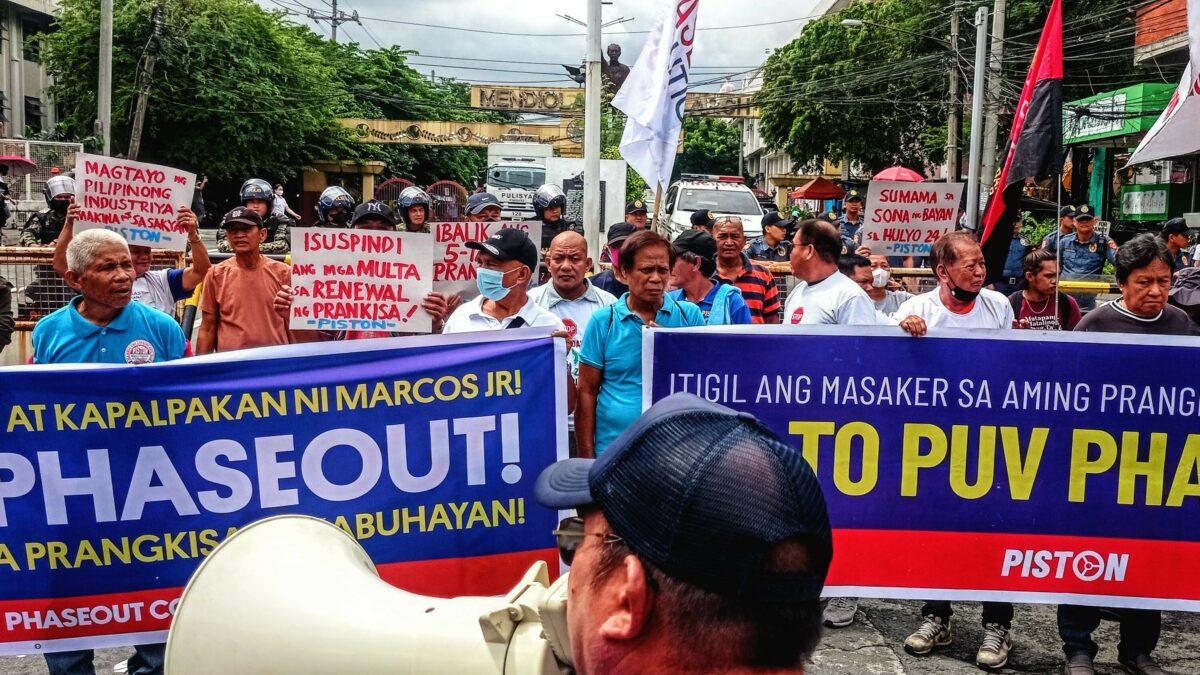


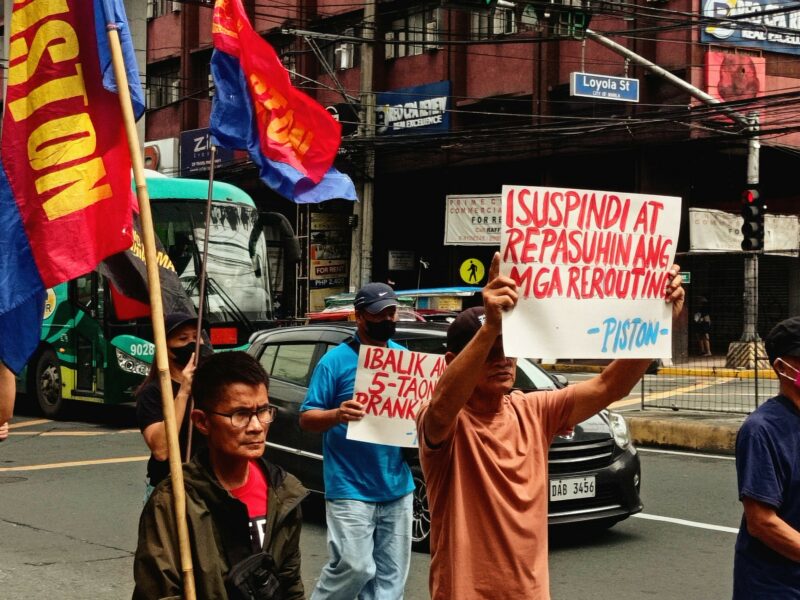
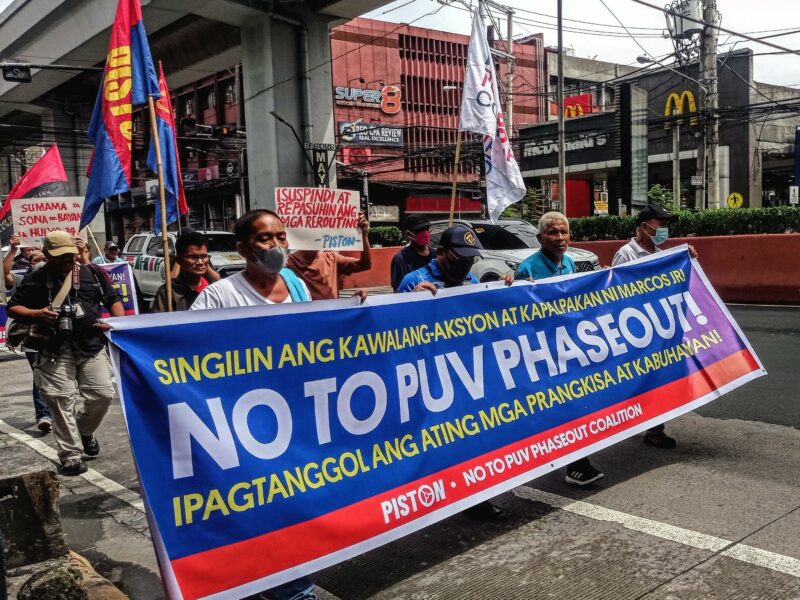
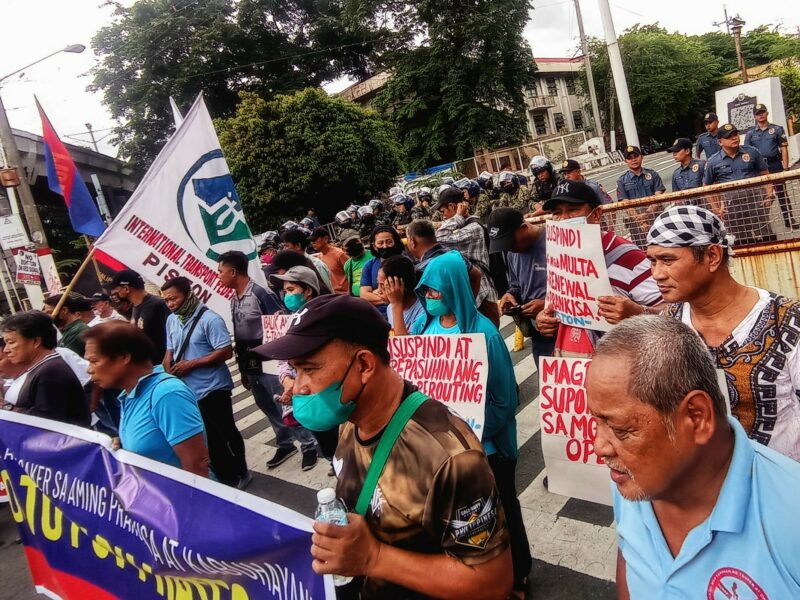
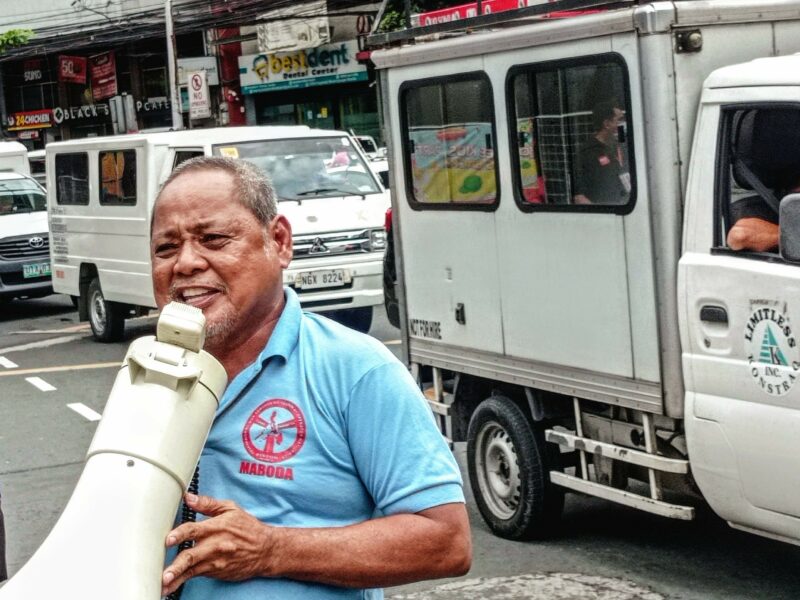
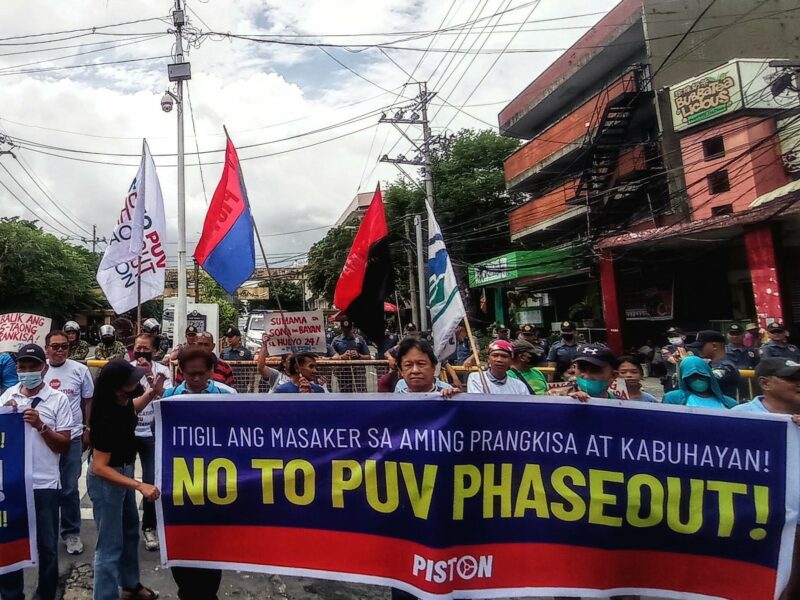

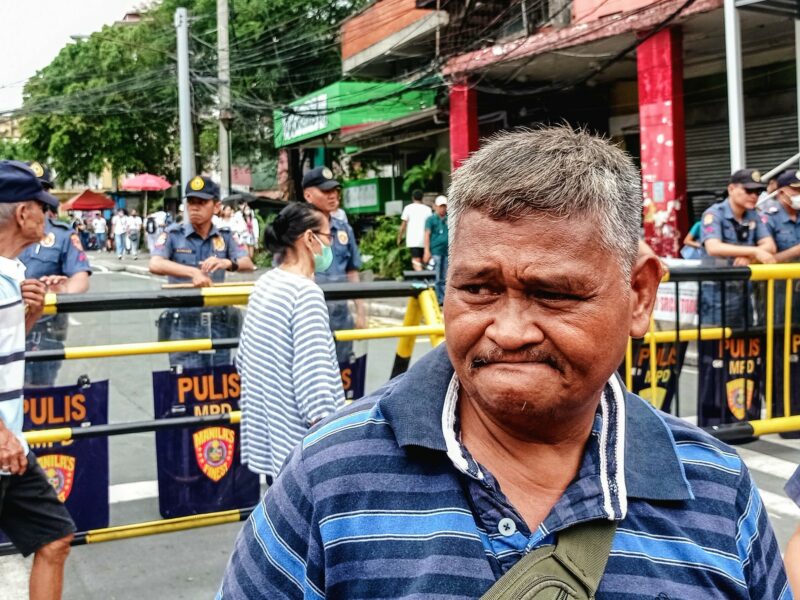
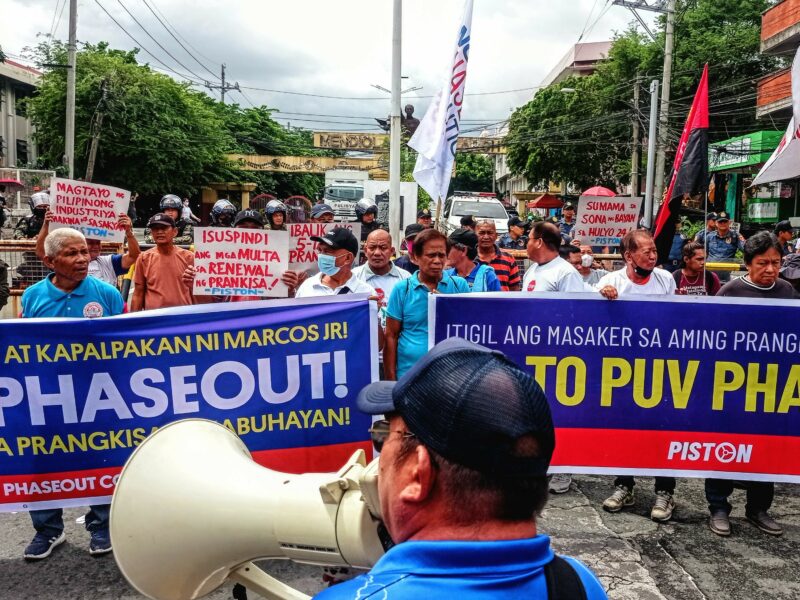
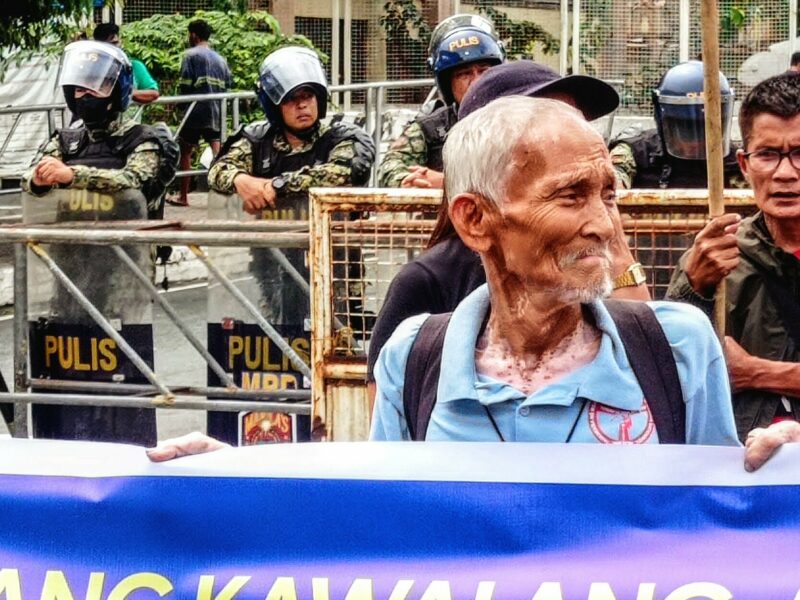
0 تعليقات
مشاركة القصة